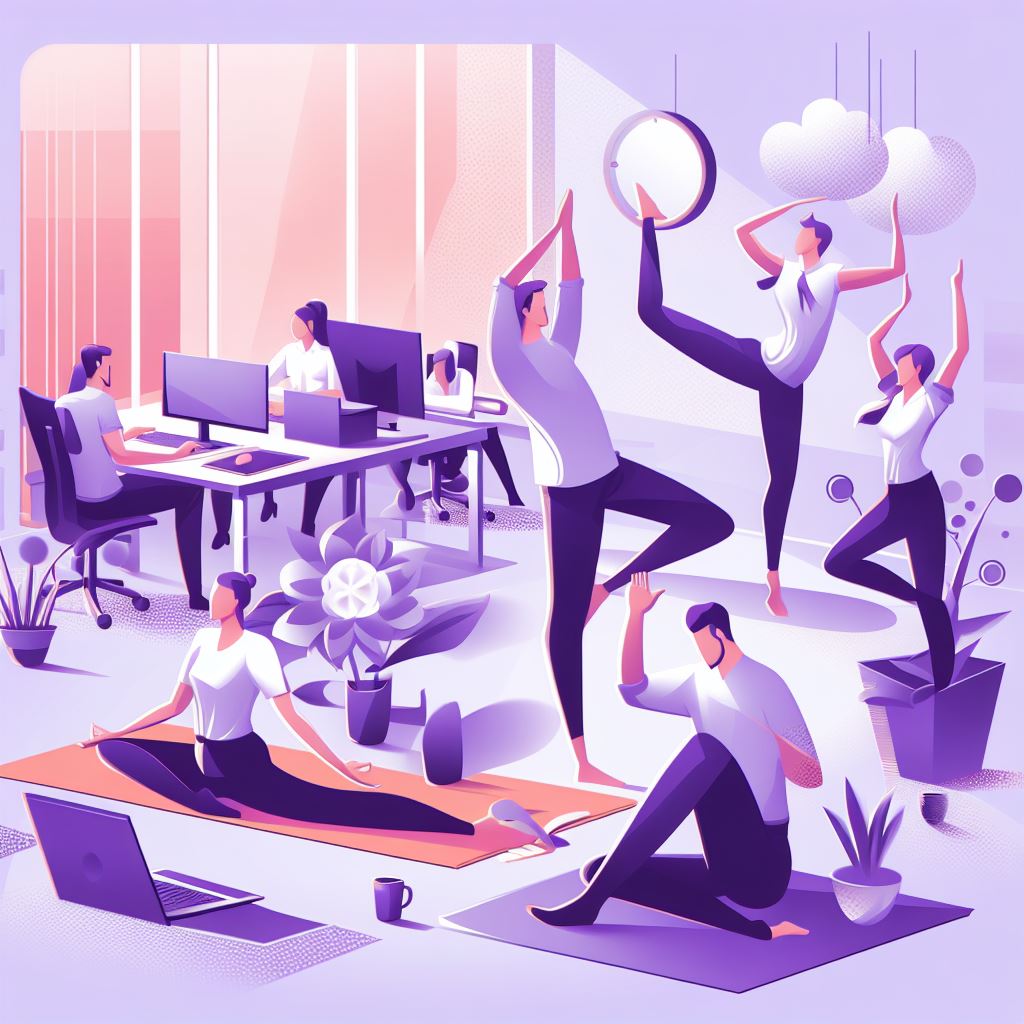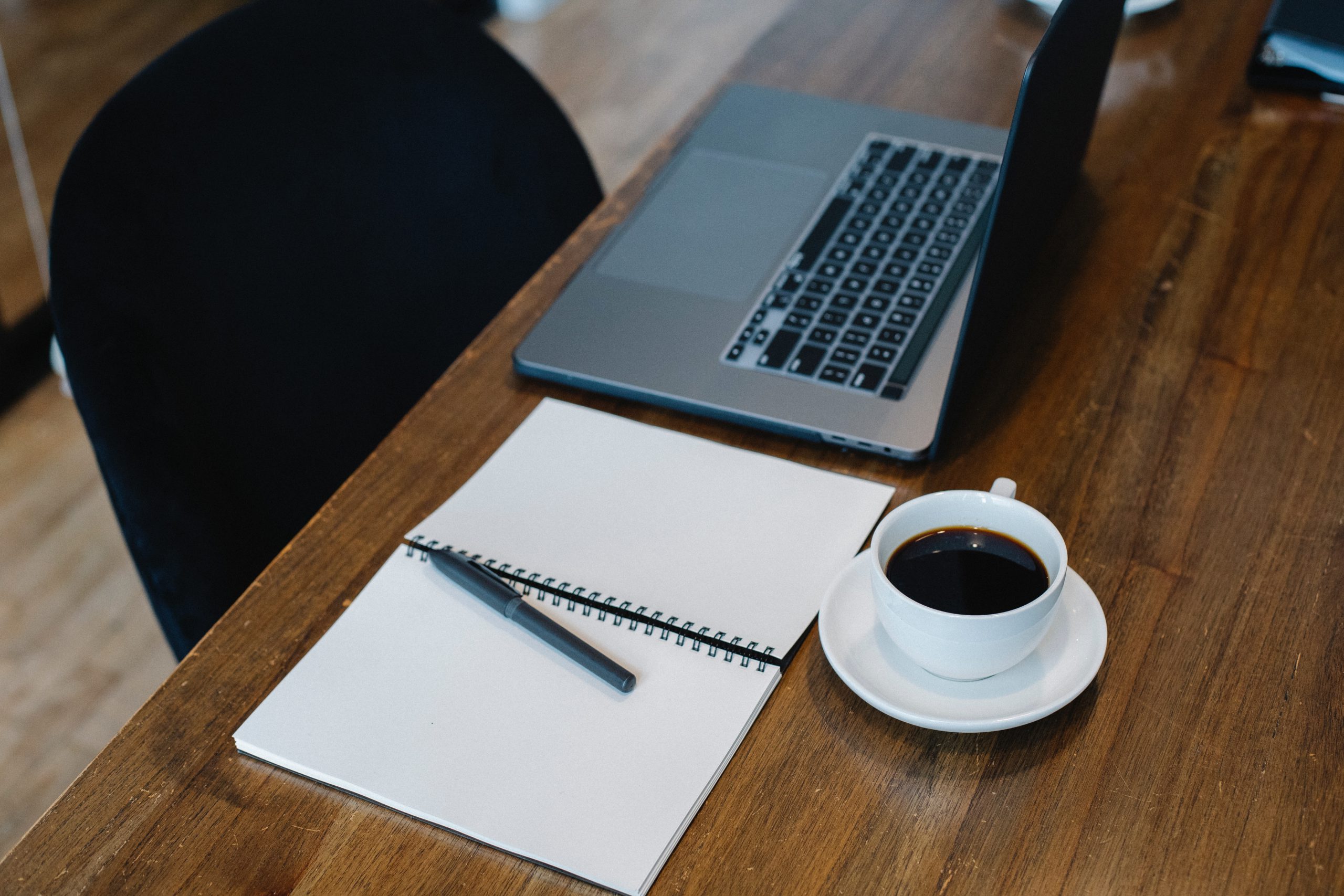Employee Satisfaction: The Silent Impact of Office Design
In the pursuit of enhancing employee satisfaction, office design plays a pivotal, yet often understated role. This blog post explores how the design of a workspace can significantly influence the morale, productivity, and overall satisfaction of employees.
Employee Satisfaction: The Foundation Set by Office Design
The layout and design of an office lay the foundation for the day-to-day experience of its occupants. A well-designed office can boost employee satisfaction. By creating a comfortable, aesthetically pleasing, and functional environment. Factors like natural lighting, ergonomic furniture, and a well-thought-out layout contribute to a positive workplace atmosphere, enhancing employee contentment and productivity.
Office Design and Its Effect on Employee Well-being
The physical environment of the workplace has a direct impact on the well-being of employees. Spaces that are bright, airy, and equipped with comfortable furniture reduce physical strain and mental stress. Incorporating elements such as plants or relaxation areas can also significantly improve the overall ambiance. Promoting a sense of well-being and satisfaction among employees.
The Fellowes Workplace Wellness Trend Report indicates that 93% of tech industry workers are more likely to remain at a company that provides healthier workspace benefits, including wellness rooms, company fitness perks, sit-stand desks, healthy lunch choices, and ergonomic seating.

Encouraging Collaboration: Office Design and Employee Interaction
The design of an office can encourage collaboration and communication among employees. Open-plan offices or communal spaces foster interaction and teamwork, while also offering opportunities for spontaneous brainstorming and problem-solving. However, it’s equally important to provide quiet areas for focused work, balancing the need for collaboration with the necessity for concentration.
Office Aesthetics and Employee Motivation
The aesthetic aspect of an office – its color scheme, artwork, and overall decor – can greatly influence employee mood and motivation. A visually appealing workspace can inspire creativity and a positive mindset, contributing to higher levels of job satisfaction and engagement.
Adapting Office Design to Suit Employee Needs
An effective office design is one that adapts to the changing needs of its employees. Flexibility in the workspace, such as adjustable desks, movable partitions, and versatile meeting areas, allows employees to customize their work environment. This adaptability not only accommodates different working styles but also demonstrates a company’s commitment to employee satisfaction and comfort.
Employee Satisfaction: Reflecting Company Culture Through Office Design
Office design is also a reflection of a company’s culture and values. A workspace that resonates with the company’s ethos can instill a sense of belonging and pride among employees. Whether it’s through sustainable materials, branding elements, or the overall layout, the office design can communicate a company’s identity and commitment to its workforce.
In Conclusion: Office Design as a Strategic Element in Employee Satisfaction
In conclusion, the impact of office design on employee satisfaction is profound and multifaceted. By considering factors such as comfort, aesthetics, functionality, and flexibility, companies can create workspaces that not only meet the practical needs of their employees but also enrich their work experience. Investing in thoughtful office design is a strategic move towards fostering a satisfied, motivated, and productive workforce.
To understand how employee satisfaction surveys can be a driving force for organizational growth, make sure to read our in-depth article, “Employee Satisfaction Surveys: A Catalyst for Organizational Growth.”









